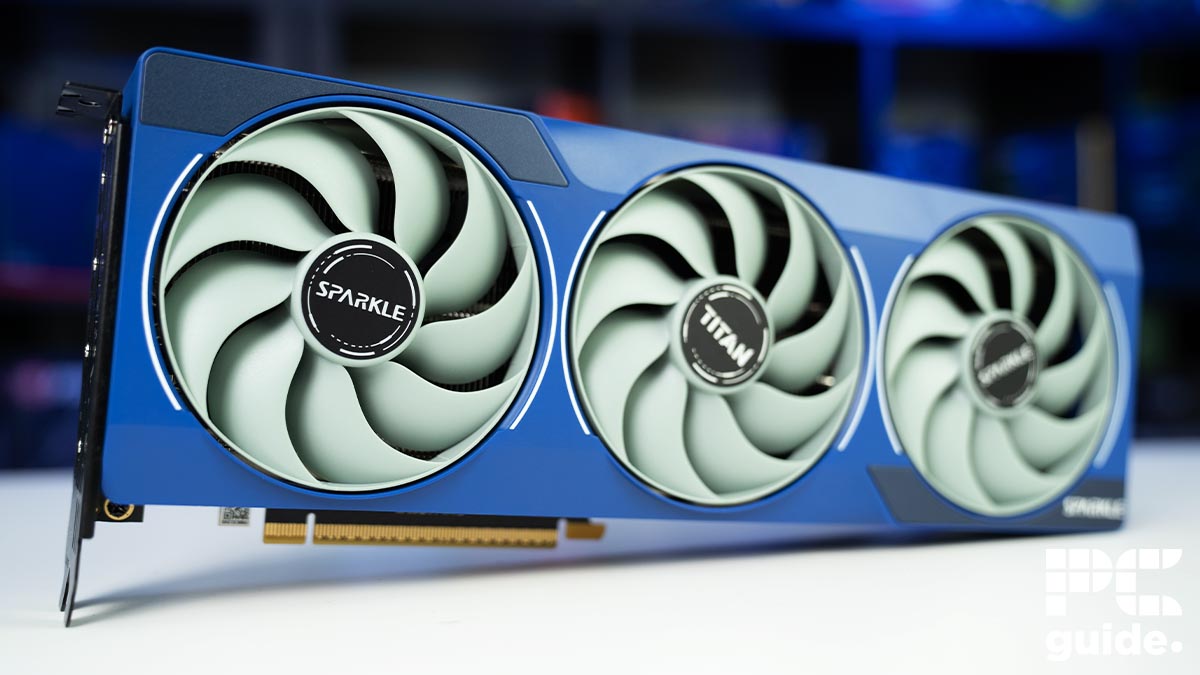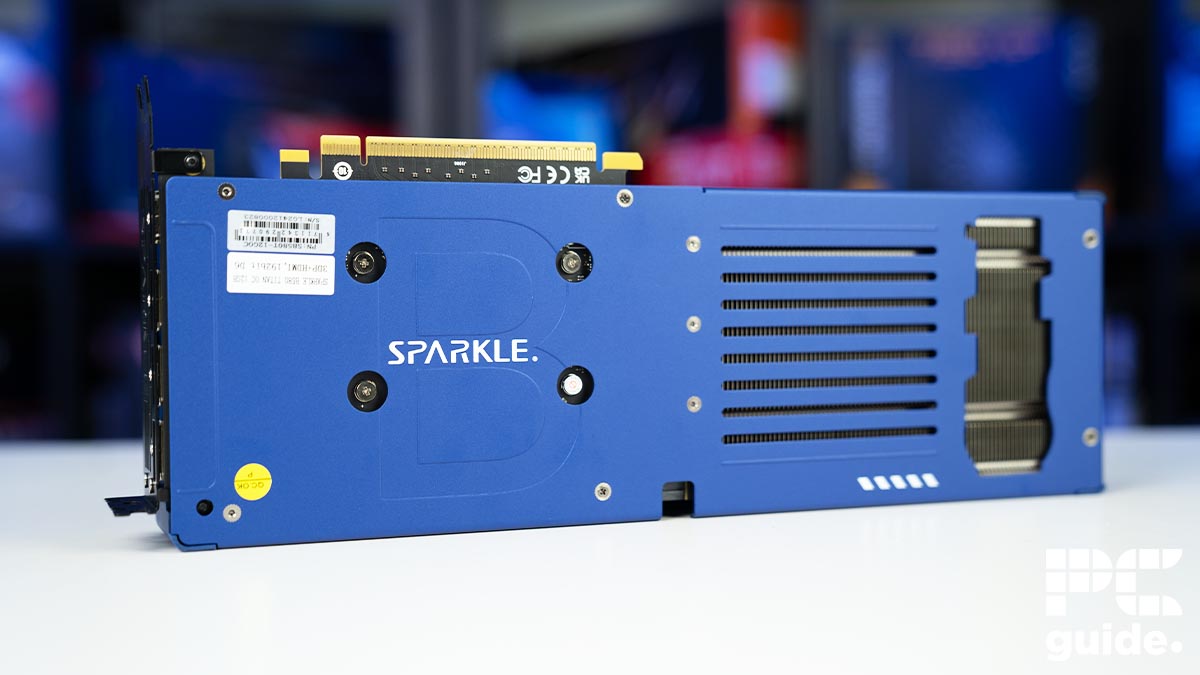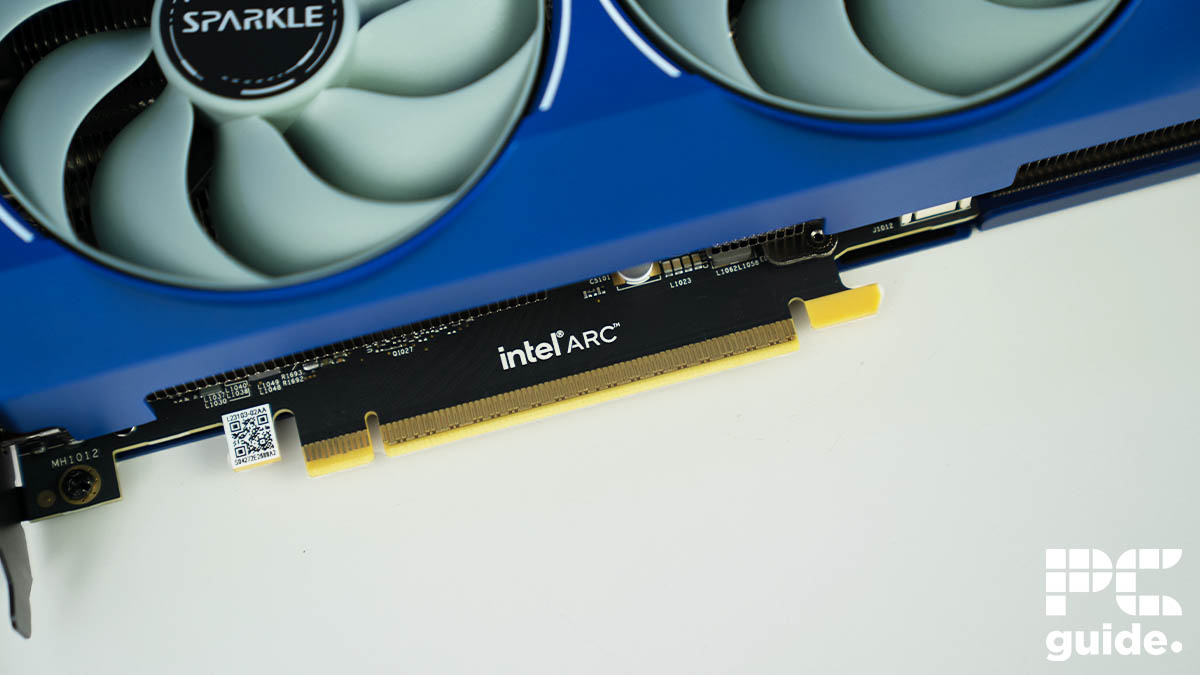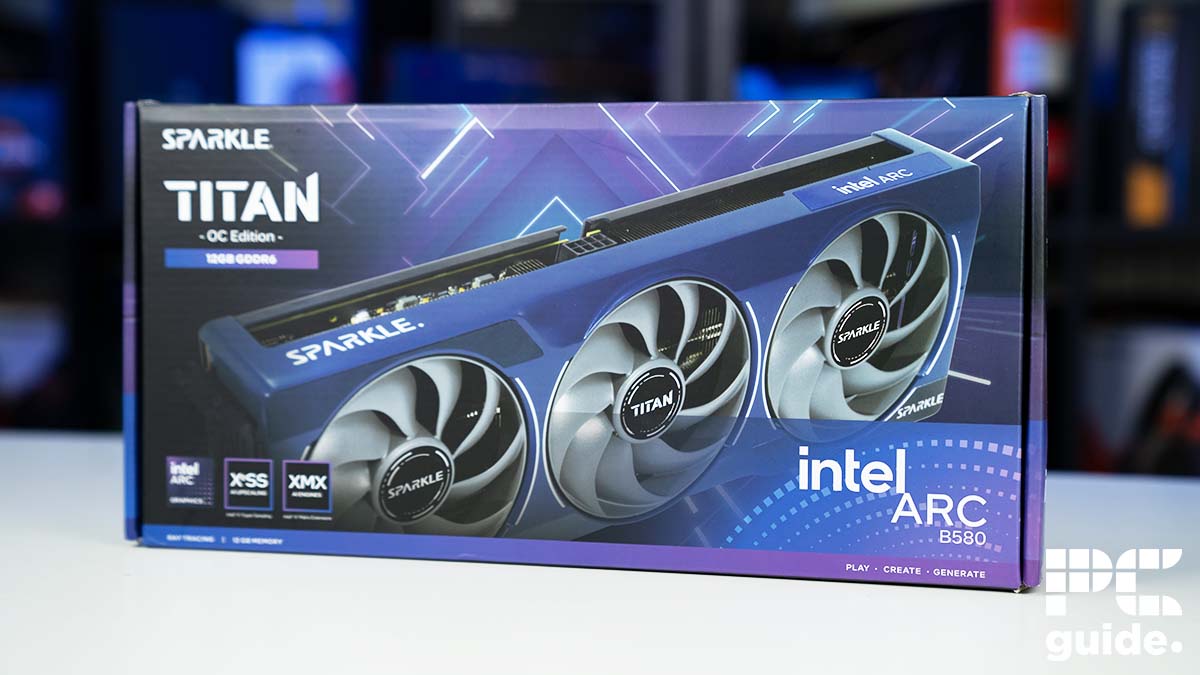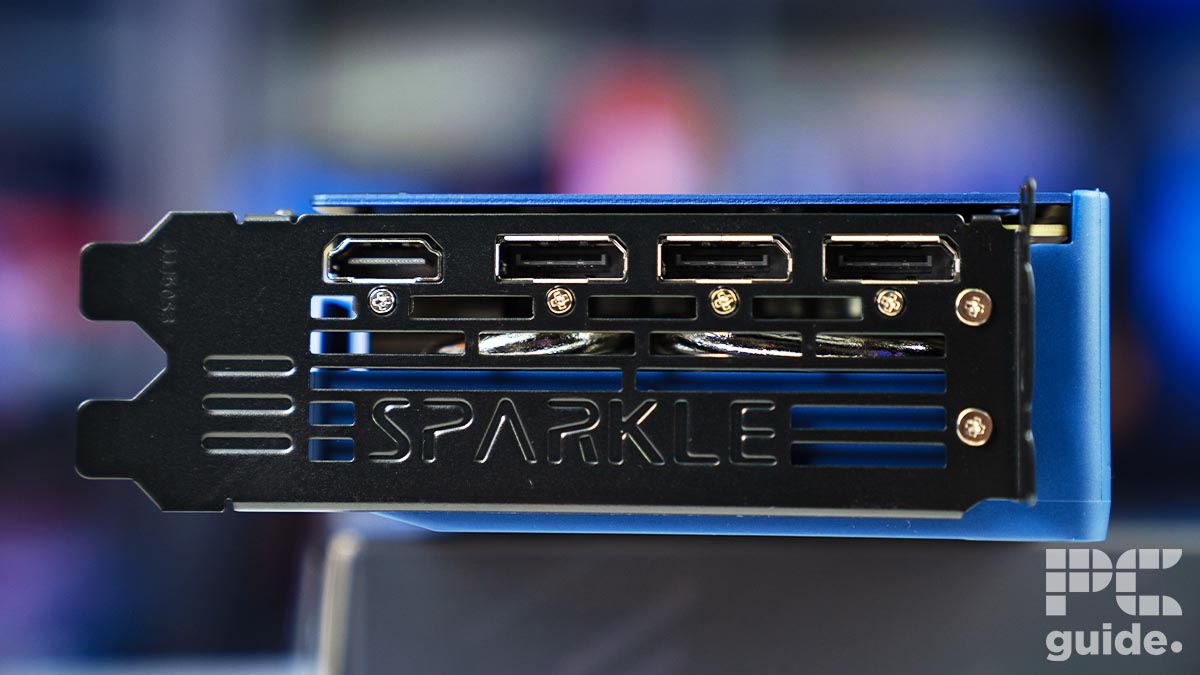Intel’s best GPU fails to impress in the new Oblivion remaster, benchmarks reveal
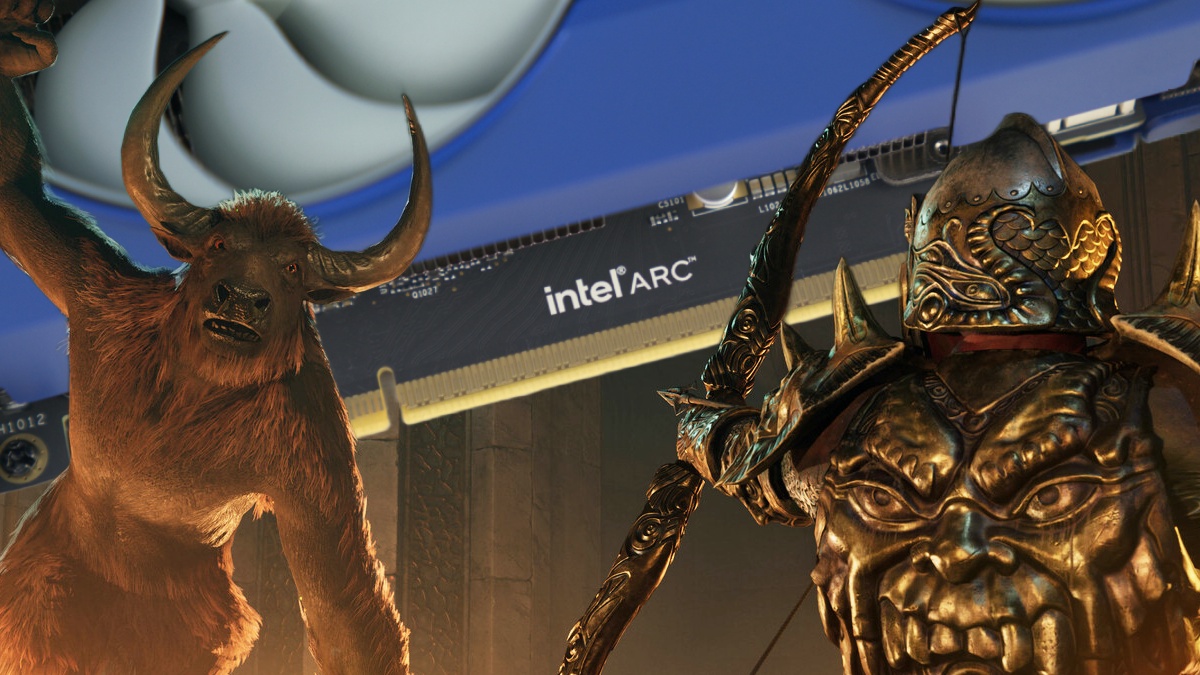
When Bethesda revealed the system requirements for their latest The Elder Scrolls IV: Oblivion Remake, we were a little surprised to see that the best Nvidia GPU listed under the recommended specs was the RTX 2080, a card that’s now three generations old. This meant that despite the game running on Unreal Engine 5, which is known to be quite demanding on hardware, gamers with mid-range setups could still enjoy the upgraded visuals without having to worry about performance issues.
However, benchmarks of the game didn't quite live up to Bethesda's claims, as it turned out to be demanding even on the RTX 5090, the best gaming GPU available right now. And now, more benchmarks have surfaced, showing Intel's top GPU, which many, including us, called the best budget option for 1440p, barely managing to hit 30 FPS.
Prime Day is finally here! Find all the biggest tech and PC deals below.
- Sapphire 11348-03-20G Pulse AMD Radeon™ RX 9070 XT Was $779 Now $739
- AMD Ryzen 7 7800X3D 8-Core, 16-Thread Desktop Processor Was $449 Now $341
- ASUS RTX™ 5060 OC Edition Graphics Card Was $379 Now $339
- LG 77-Inch Class OLED evo AI 4K C5 Series Smart TV Was $3,696 Now $2,796
- Intel® Core™ i7-14700K New Gaming Desktop Was $320.99 Now $274
- Lexar 2TB NM1090 w/HeatSink SSD PCIe Gen5x4 NVMe M.2 Was $281.97 Now $214.98
- Apple Watch Series 10 GPS + Cellular 42mm case Smartwatch Was $499.99 Now $379.99
- ASUS ROG Strix G16 (2025) 16" FHD, RTX 5060 gaming laptop Was $1,499.99 Now $1,274.99
- Apple iPad mini (A17 Pro): Apple Intelligence Was $499.99 Now $379.99
*Prices and savings subject to change. Click through to get the current prices.

- GPU: BGM-G21
- Shading units: 2,560
- VRAM: 12GB GDDR6
- Memory bus width: 192-bit
- Bandwidth: 456GB/s
- Base/Boost clock speed: 2,670/2,740 MHz
Intel’s Arc B580 isn’t suitable for Oblivion Remastered on higher settings
These benchmarks come from the German publication PCGH, which tested seven different GPUs on Oblivion Remastered with ‘Optimized Settings’ that aim to improve performance while retaining top-notch visuals. Effects, Shadows, Global Illumination, and Hardware Lumen were set to High, while remaining settings were on Maximum. The game was also running with XeSS Ultra Quality enabled. And from the results, it’s clear that Bethesda's recommended specs won't give you the best experience without cranking the settings much further down.
| GPU | 1080p Average FPS | 1440p Average FPS |
|---|---|---|
| Zotac RTX 3070 Twin Edge | 40.5 | 29.9 |
| Asrock B580 Steel Legend | 35.2 | 25.5 |
| Asus RX 6700 XT ROG Strix OC | 30.6 | 22.2 |
For instance, Intel’s Arc B580 managed just 35 FPS at 1080p, showing slightly better performance than AMD's 4-year-old RX 6700 XT, which hit 30 FPS. Interestingly, Nvidia's 8GB RTX 3070 pulled ahead of the B580 by a margin of 5 FPS, outputting 40 FPS. The only GPUs capable of delivering a solid 60 FPS experience were either 16GB cards like the RTX 4080 Super and RX 7900 XT or premium models like AMD's RX 7900 XTX.
As for 1440p performance, you can guess how poor our budget offerings performed, with the B580 barely managing to hit 30 FPS. This suggests that 12GB of VRAM might just be barely enough to play Elder Scrolls IV: Oblivion Remaster, highlighting how demanding UE5 makes a game.
A similar situation is seen on the Steam Deck, where players have to compromise so much on visual quality to make the game playable that it's probably better to just stick to the original. However, with the Arc B580, you’ll probably be able to find the right selection of graphics settings to make it work.


